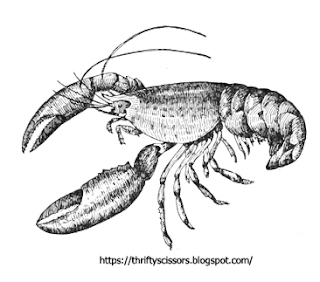 |
| There are approx. 20 species in the United States. |
Scorpion, the name of a group of animals belonging to the same class as the spiders.
11 Elemental Facts About Scorpion:
- They live in tropical and warm temperate regions, and are not found in America north of Nebraska.
- In the southern part of the United States there are about twenty species.
- The body consists of two parts, one containing the head and thorax and called the cephalothorax, and the other a long, jointed abdomen, the last five segments of which form a tail.
- Four pairs of legs and two pairs of mandibles or pincers are attached to the cephalothorax; the second pair of pincers resemble a lobster's claws.
- The abdomen contains breathing pores and the last segment of the tail is armed with a sharp poisonous sting, the poison being secreted by two glands at its base.
- The eyes vary in number from six to twelve, according to the species.
- Scorpions are usually black or yellowish in color.
- The young are carried on the body of the mother for several days after birth. They cling to her body by the pincers.
- Scorpions remain hidden in crevices and under rocks by day, and are active at night.
- They feed upon insects and spiders, and are dreaded by man because their sting causes a serious and painful wound, though it is seldom fatal.
- The poison should be sucked from the wound as soon as possible, and the wound bathed with ammonia, which should be also taken internally.
More About Scorpions from The Web:












